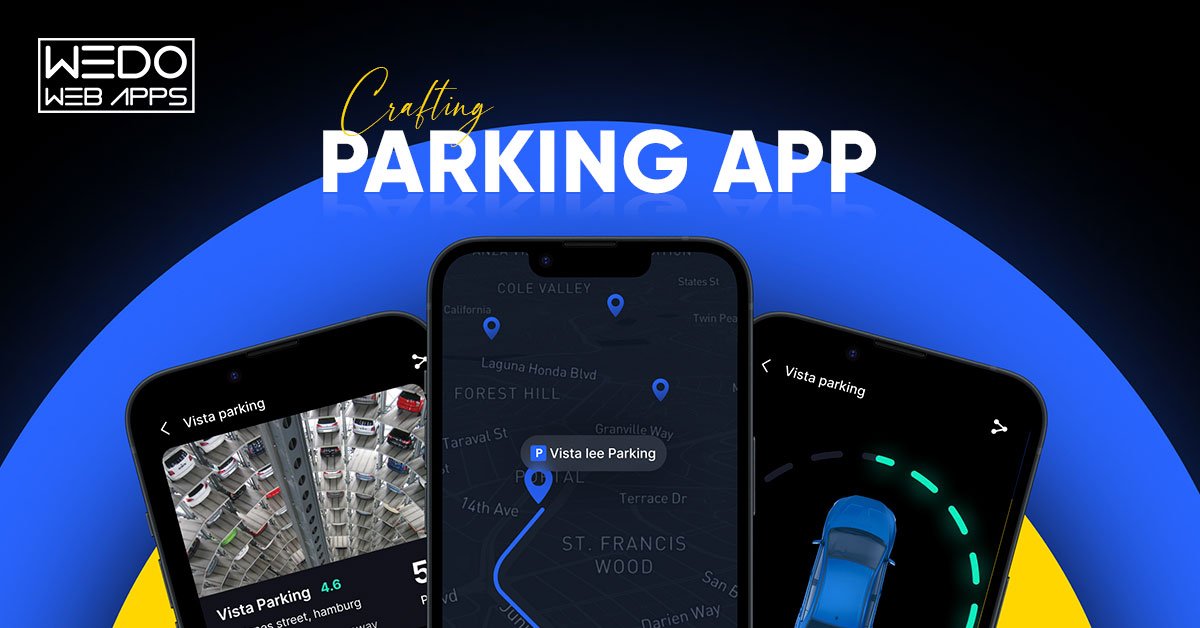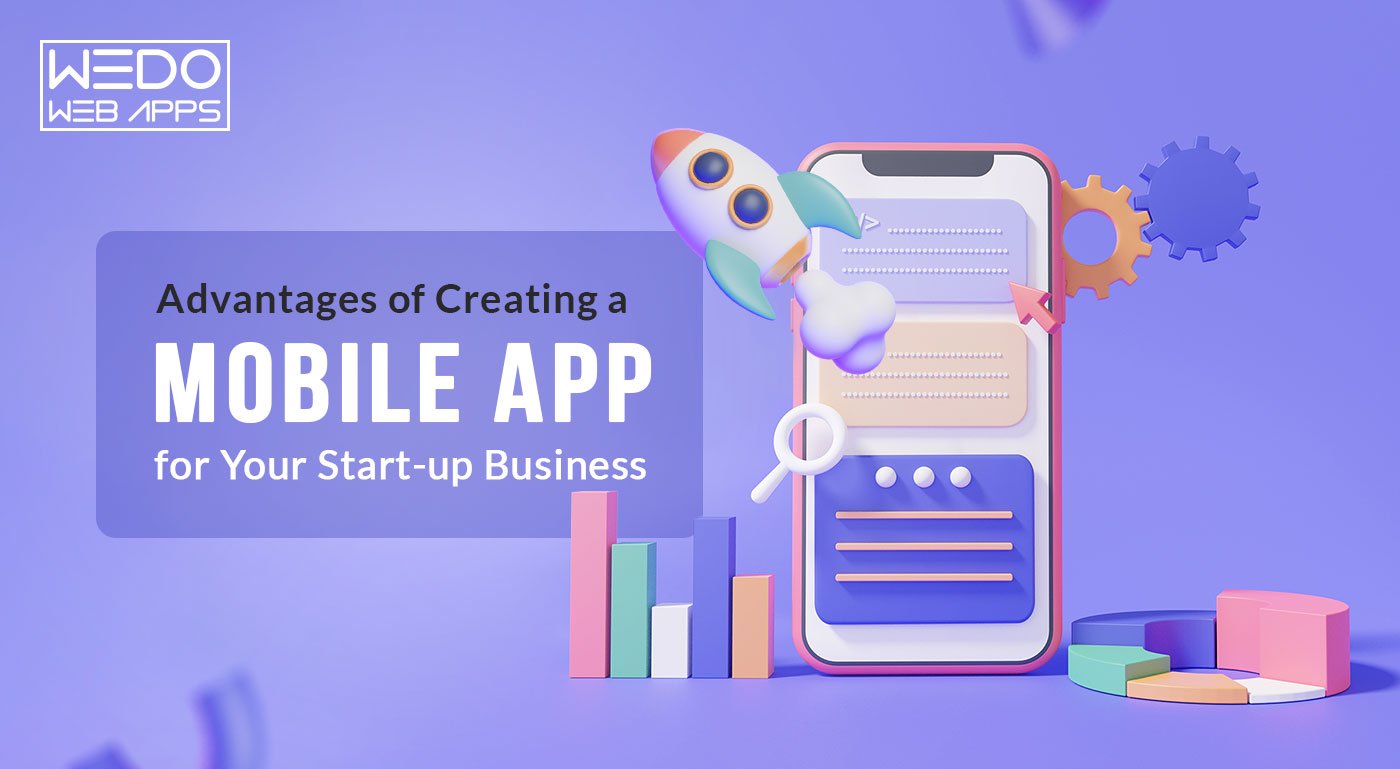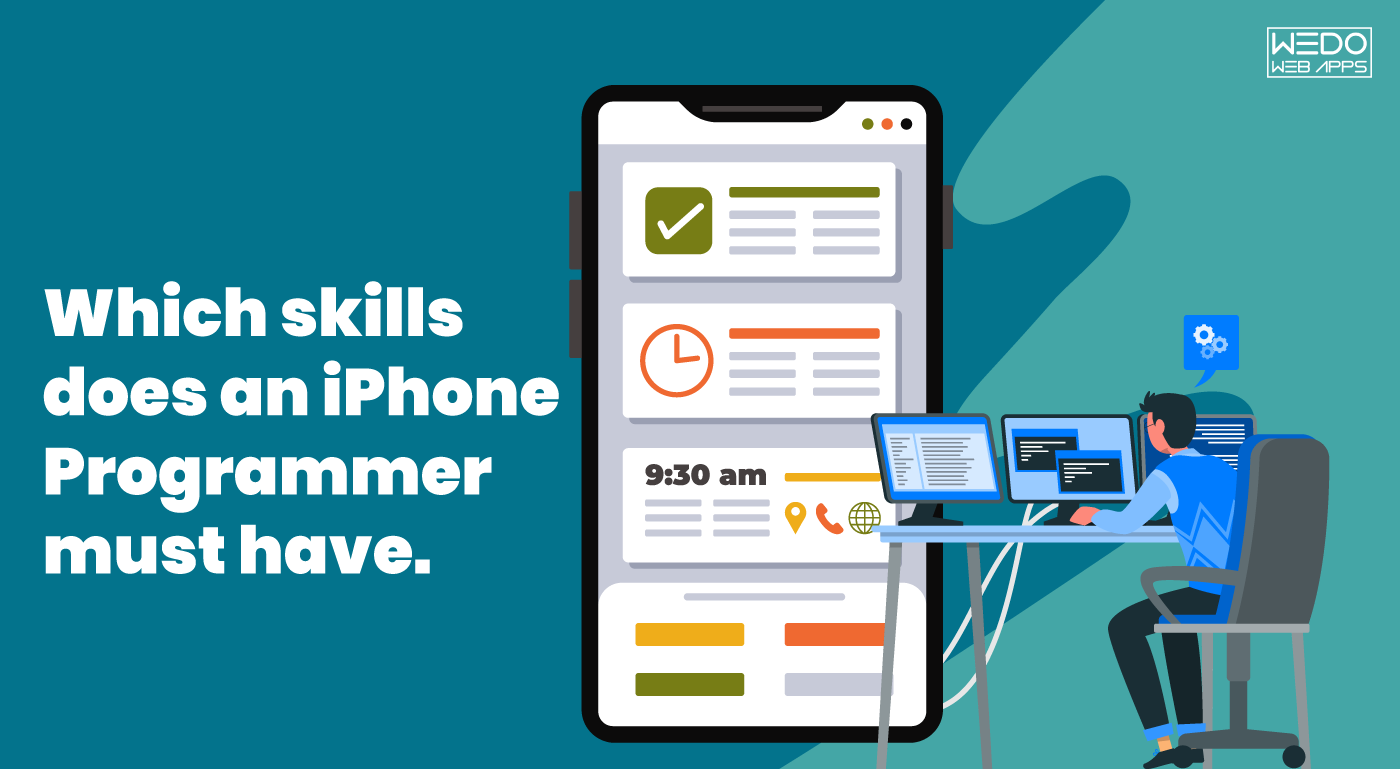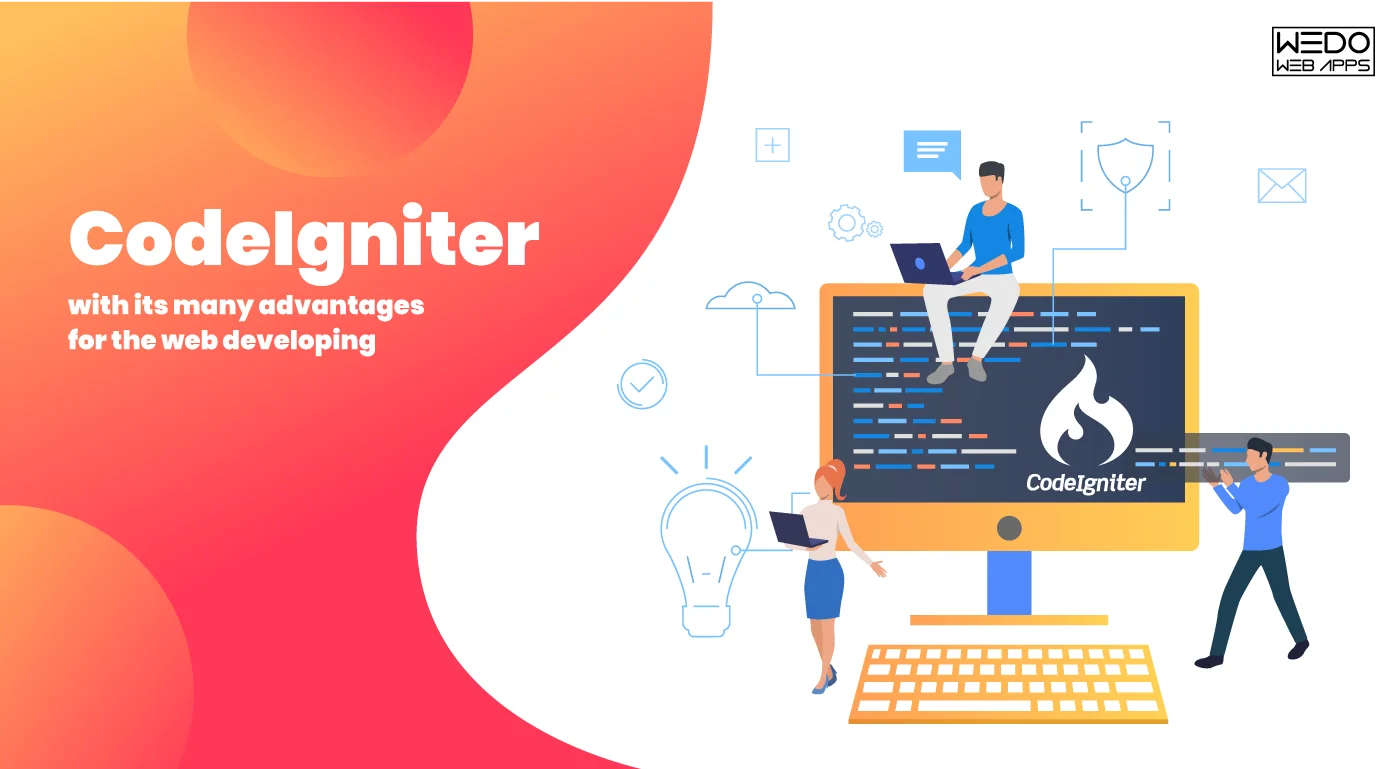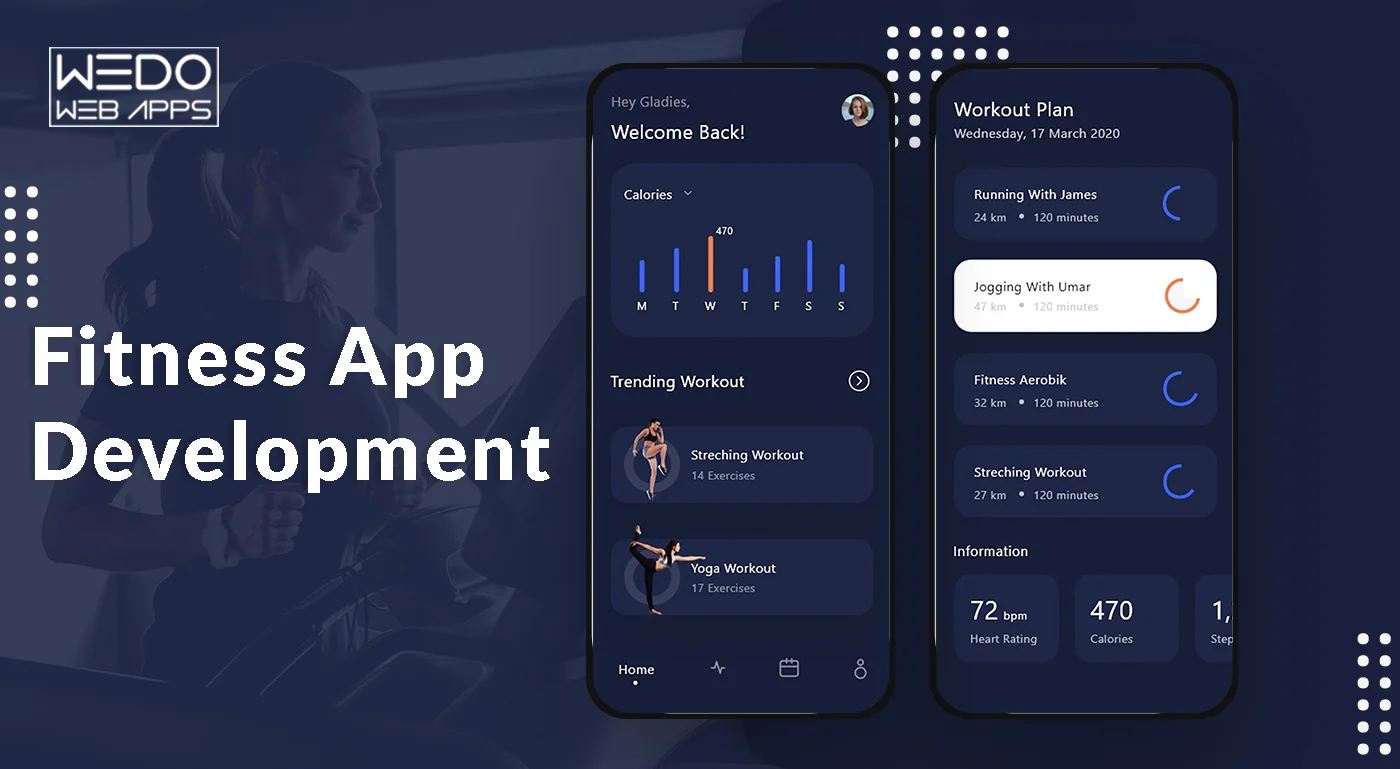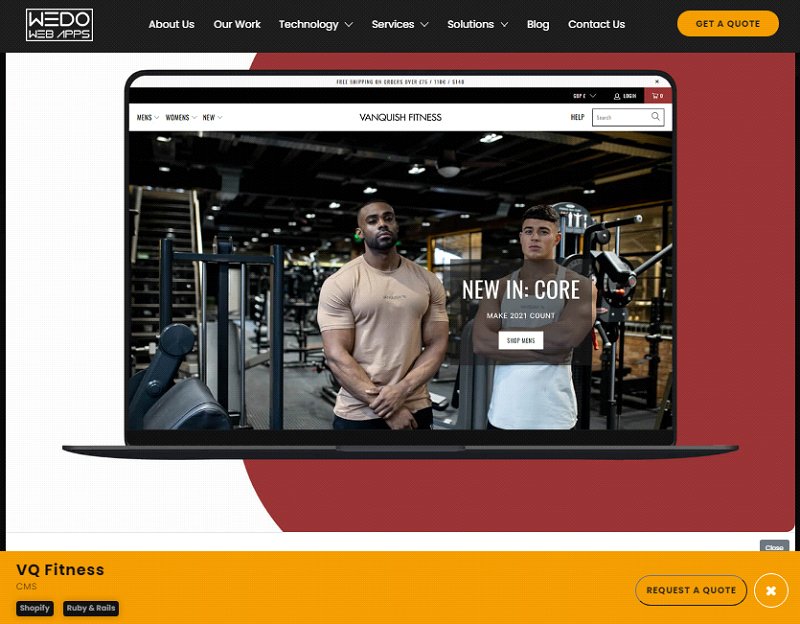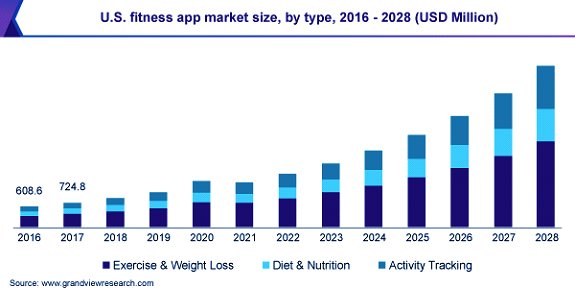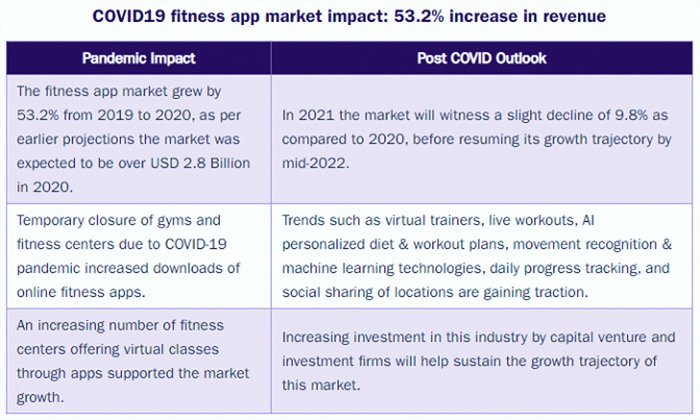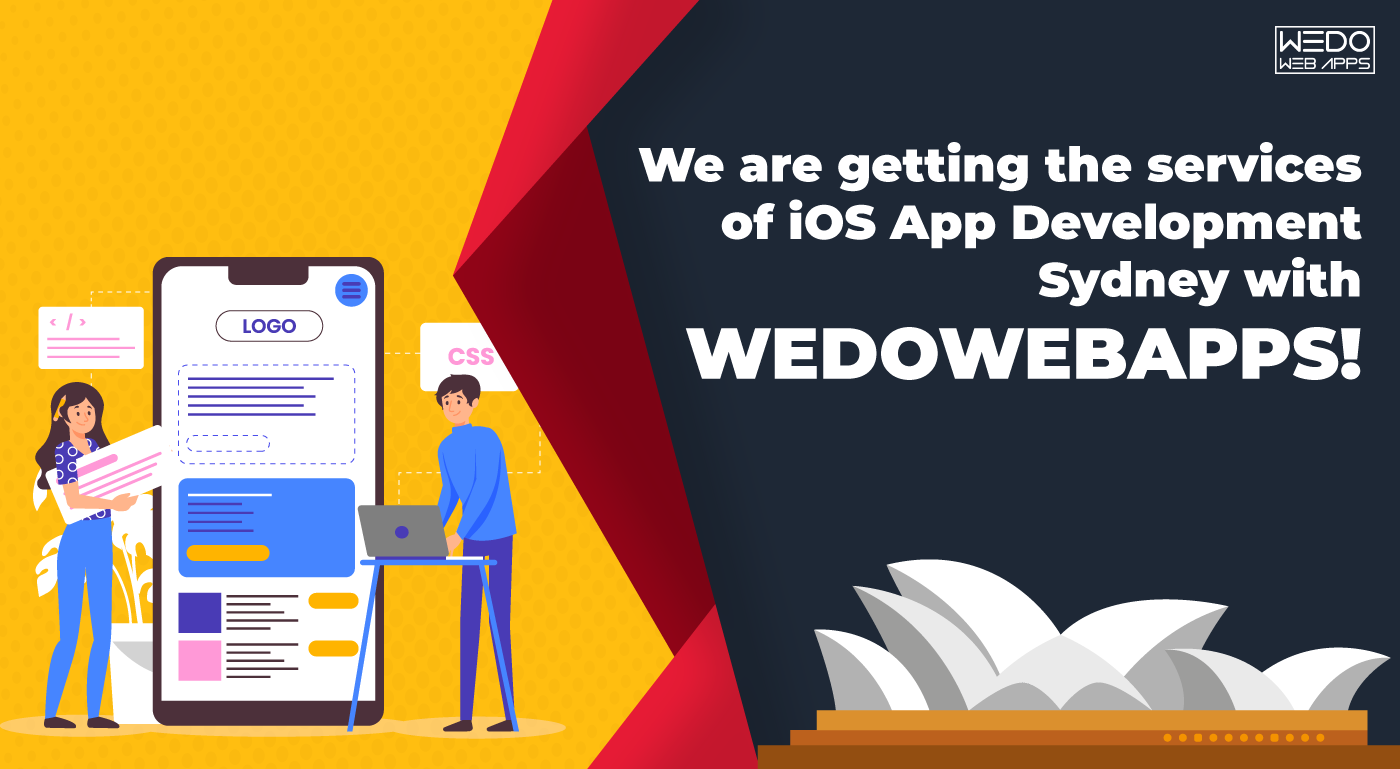The Magento eCommerce platform is popular among businesses and professionals due to its versatility, scalability, development architecture, and security protocols.
However, building an efficient online store with the latest techniques requires the expertise of a professional. The platform’s extensive tools necessitate in-depth knowledge and technological expertise. Have you wondered what an ideal Magento development team should look like?
Certified Magento developers can assist you in creating a website that promises high consumer engagement and a smooth user experience (UX), which are key components of a thriving digital business.
But what should we keep in mind while hiring a Magento E-commerce developer for a software development project? How to know if they are worth your time, investment, and effort? Will outsourcing software development work? Should you be looking for an offshore or nearshore software development team? We will find answers to all the questions.
As with the many options available, choosing the right individual for the job can be overwhelming. So it’s important to carefully consider several factors to ensure that you make the best decision for your business.
This article will explore the key factors you should consider before hiring a Magento expert. Thus helping you find the right match for your unique needs and goals. So, are you ready to explore the right certified Magento developers or Magento development agency?
4 Types of Outsourcing Your Magento Development and Migration Needs
One important aspect to consider when choosing a Magento expert or development company is your preferred outsourcing type. There are at least four outsourcing types: onshore, offshore, nearshore, and hybrid development outsourcing.
- Onshore software development outsourcing companies involve outsourcing within the same country as the client. This type of outsourcing offers several advantages, such as lower time zone differences, better communication, and more convenient legal and regulatory compliance. Onshore outsourcing is also typically more expensive due to higher labour costs and a more limited pool of available talent.
- Offshore software development outsourcing companies refers to outsourcing software development to a company in a different country. This type of outsourcing is often more cost-effective due to lower labor costs in the outsourcing country. Still, it can be more challenging in terms of communication and cultural differences. When outsourcing to a different country, legal and regulatory compliance can also be more difficult.
- Nearshore software development outsourcing companies involve outsourcing software development to a company in a neighboring country. This type of outsourcing offers a balance between the cost savings of offshore outsourcing and the proximity of onshore outsourcing. Time zone differences are typically smaller than with offshore outsourcing, making communication and project coordination easier.
- Hybrid software development outsourcing companies combine onshore and offshore, often involving a team from different locations working together. This type of outsourcing can provide the best of both worlds by leveraging the cost savings of offshore outsourcing and the advantages of onshore outsourcing. However, it can also be more complex in terms of project management and coordination.
When considering software development outsourcing, it is important to weigh the pros and cons of each type of outsourcing and choose the one that best meets your needs and budget.
Hard Things About Hiring Magento Development Company
Hiring a Magento development service can be an ideal way to improve the functionality and performance of your e-commerce store. However, some roadblocks come while hiring dedicated Magento developer, including finding the right fit, intense competition, the risk of outsourcing failure, and high costs.
It’s crucial to understand these difficulties and plan Magento 2 Cost Estimate accordingly to ensure a successful outcome for your ecommerce store
-
Agencies Are Abundant, Yet The Perfect Fit Is Challenging To Find
Finding the right Magento development agency for your business can be a challenging process, as there are many outsourced software development companies. With a wide range of options, it can be difficult to determine which one aligns with your business goals, values, and work style.
So, it’s important to research and compare different outsourced software development companies to ensure you choose the right fit for your business.
-
Be prepared for intense competition
The demand for skilled Magento developers is high, leading to intense competition for their services. This makes it challenging to find and hire Magento developer who fits your business well.
With numerous agencies vying for the same projects, it’s essential to clearly understand your objectives and to research/ evaluate the potential agencies thoroughly.
-
Worse outcome: Outsourcing may fail completely
Outsourcing Magento development services can sometimes fail completely, resulting in a poor outcome for your business. Miscommunication, misunderstandings, and lack of compatibility between the agency and the client are common reasons for failure.
To minimize the risk of failure, it’s crucial to set clear expectations, maintain good communication, and thoroughly research all the prospective agencies.
-
Cost varies a lot, and they are high
The cost of hiring a Magento development service can vary greatly, ranging from low to high. The cost depends on several factors, such as the project’s complexity, the agency’s location, and the developers’ skill level.
Here is the bird’s eye view of the costs;
- In Asian countries like India it can range from $500 to $5000 for a basic e-commerce website and $10,000 or more for a complex custom project.
- Whereas in the USA, Canada, or the UK, it ranges from $10,000 to $50,000 for a basic site and $50,000 to $150,000 for complicated projects.
Thus, while choosing a development agency, it’s important to consider the cost and ensure it aligns with your budget. Remember that the highest cost does not necessarily imply the best quality or outcome.
Questions To Ask When Hiring A Magento Development Company
-
Expertise and Certifications
When hiring a Magento development company for web development, evaluating their expertise and certifications is important. The company’s expertise in Magento’s development shows their proficiency and experience with the platform, while certifications provide credibility for their skills and expertise.
However, depending on your needs, determine whether you desire an experienced or a fresher. If your needs are complicated and important, engaging an experienced Magento developer is best. On the other hand, it is wise to employ a less experienced developer to accomplish the basics and save money!
In most circumstances, a Magento professional’s expertise will be directly proportional to their experience. Experts with years of work experience, know the platform from start to finish and can assist you with any vital or complex problem.
Ascertain that the developer you hire has sufficient experience and an in-depth understanding of the Magento system to meet your requirements.
Though Magento for developers is quite a friendly plan, expertise and certification must be examined.
A company with a strong combination of expertise and certifications is better equipped to handle the complexities of a Magento development project and deliver high-quality results.

Step into the shoes of your customers for a second. They will not buy anything from your shop until they have read the product information and reviewed it.
When looking for Magento e-commerce development experts, you should follow the same procedure.
Before finalizing your decision, a smart first step is to review the portfolio of each developer, Magento you shortlisted. Evaluating their portfolio can give you an idea of their skill and deliveries. Also lets you know if they can handle the kind of design and development services you require. You can also request feedback from their clients on their quality.
Ascertain if the business has a clear line of communication with you. From the initial stages of the project to its completion, the Magento development team must be kept in continuous contact. The project manager or supervisor in charge of your Magento store must be able to comprehend your needs and listen to your ideas for improvements.
For a continuous and seamless flow of information, the organization should choose the ideal communication channels. For a continuous and uninterrupted flow of information, the organization should choose the best communication methods. Check to see if the Magento developers have strong communication abilities, especially if you are working with an offshore Magento business.
Besides, Magento for developers’ technical knowledge, communication is a factor to be looked into too.
The development process is a crucial aspect of any Magento project and refers to the steps and procedures followed by the development company. It covers activities such as requirements gathering, design and prototyping, development, testing, and deployment.
A well-defined development process is essential for ensuring project success, clear communication, and meeting timelines. It is important to assess a company’s development process when hiring them to ensure that it aligns with your project requirements and expectations.
The process should involve working with clients to understand their needs, creating mockups or wireframes, writing code, performing testing, and providing post-launch support and maintenance. A good development process leads to projects delivered on time, within budget, and to the expected quality standards.
-
Ability To Meet Stringent Deadlines
Before choosing a developer Magento, it is critical to negotiate and assess the project’s timeline. Knowing how much time the developer will need to complete the project or jobs is important.
In the case of serious Magento concerns like as website outages or security flaws, the phrase “time is money” is fully justified. Selecting a Magento developer that can manage strict schedules and provide immediate support in such key situations is crucial.
A professional Magento developer is concerned about the project timeline and thus can ensure consistent progress of your Magento shop development to help you reach your goals quickly.
-
Enquire About Support Options Available
When hiring a Magento development company, it is crucial to consider the level of support they offer. This will ensure the project’s success, both during and after its completion.
Questions about support include what level of support will be provided during the project, how issues will be addressed and resolved, and if they will provide ongoing maintenance and support. It is important to understand the company’s response time for support requests and if there are any additional fees for post-launch support.
A company that offers high-quality support and maintenance will help maximize the value of the project and ensure its long-term success. By asking these questions, you can ensure that your Magento development project will be completed successfully with the right level of support.
Reviews and ratings are popular methods for determining the results of various platforms, businesses, or organizations. Analyzing different review websites is critical for determining the quality of work done by Magento Commerce experts.
Many customers have said that Magento for developers is quite fun and the results are quite evident in the work they do with interest.
As a result, before hiring a developer Magento, you should closely review the ratings and feedback left by real users of their projects.
You can always use reviews to choose the Magento e-commerce developers by looking at the intricacy of the basic development process, the frequency and efficacy of customer interaction, project delivery, project execution, compliance with client expectations, and so on.
-
Does It Fit Within Your Budget? Can They Negotiate?
Before you hire a dedicated Magento developer, you must explicitly define your project budget. Select a Magento developer who can meet your needs while staying within your budget and adhering to your payment conditions.
In general, freelance Magento developers charge by the hour. As a result, it is critical to first evaluate the whole cost before employing any developer, taking into account their hourly rates, efficiency, and needs. Another option is to engage a Magento developer for a set fee for the project.

While hiring a Magento ecommerce developer for your ecommerce website, discuss and evaluate payment arrangements such as upfront payments, payment options, and so on.
By knowing these, you can get a better understanding of the budget for your Magento development project and ensure that it aligns with your financial expectations.
It is important to have an open and transparent conversation about the budget to avoid misunderstandings and ensure your project is completed within your desired timeframe and budget.
-
Legal Aspects of Contract
It is mandatory to sign an NDS—non-disclosure agreement. It is a legal document stating that you own the site/ store, source code, and data. Signing a contract ensures the site’s security. Furthermore, the vendor cannot pursue legal action against the potential seller.
Also, before signing a contract with a Magento development company, it’s important to understand the legal aspects of the agreement. Ask about any warranties or guarantees that are included in the contract, as well as any termination clauses or conditions.
It’s also important to ask about the company’s insurance and liability policies and whether they have any dispute resolution experience. By understanding the legal aspects of the contract, you can ensure that your rights and interests are protected.
Key takeaways
Magento is a popular ecommerce platform. You receive all the features you require to create an attractive website.
However, you risk receiving a subpar outcome if you do not hire the correct Magento website development provider. So, should you consider outsourced software development companies or individuals? We, that’s an entire topic in itself!
Consider the factors listed above before deciding, and you will undoubtedly be able to choose the best firm for your needs.
Certified Magento developers with the necessary abilities and expertise are tough to discover and recruit. However, if you successfully search for the top Magento developers, you can envision your future with productive revenue, sales, profitability, and customer experience outcomes.
Hire certified Magento developers from WEDOWEBAPPS LLC and jumpstart your project today!
